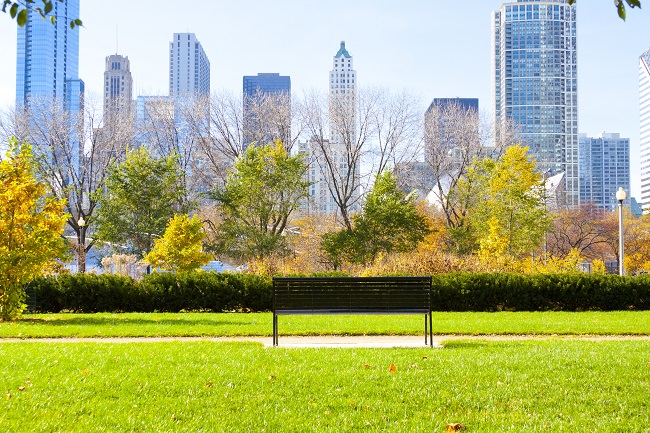Pruning Trees 101
Like people get their hair trimmed to help it grow and look better, trees need trimming to help them do the same. Here are some basics about commercial tree pruning to help you get started. Pruning Trees 101

Depending on the situation and what you want determines when the best time to prune a tree is. If you spot a damaged or diseased limb it will need to be removed immediately. This helps the tree by saving it from becoming completely infected or wasting resources on a dead limb.
For fruit and flowering trees, some pruning in the summer can benefit them. Removing small and unneeded branches allow more light in and ensure it will only grow strong branches that can support fruit.
For general pruning, most people say fall or early spring is best. In the fall you can see the bare branches so it is easier to pick which ones to clip away. Some people say pruning in the winter is best. Either way, the important part is that the tree isn’t in a state of growing. Come spring the tree won’t be putting effort into unneeded branches and will grow more vigorously.
When you’re ready to pick up the cutters there are a few things to look for. Branches that grow toward the center or cross other ones should be cut. If the top, or canopy, is dense, thining it can help improve the tree’s health. A pruned branch won’t grow from a cut so prune back to a junction or bud.
Depending on the size of your trees and how often they’ve been pruned, you may have a big job planned. For help on pruning your trees or more info, contact us.
